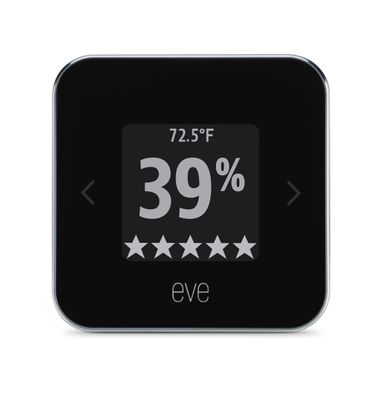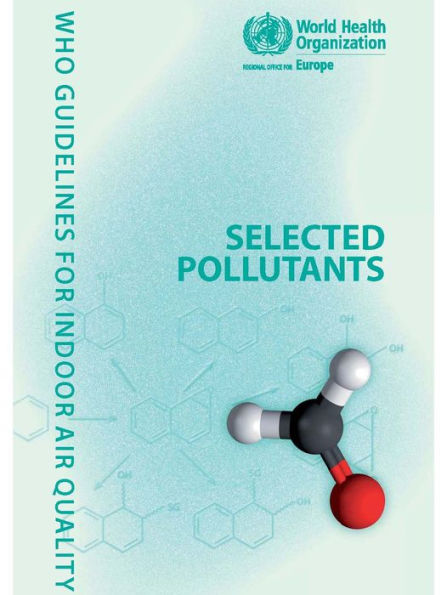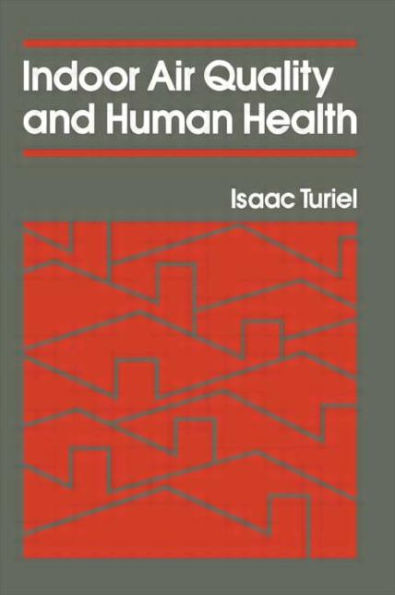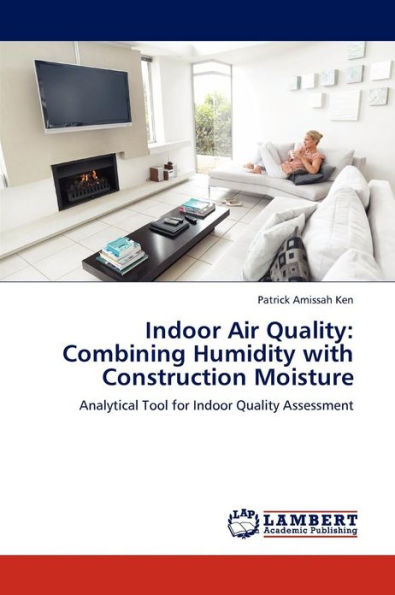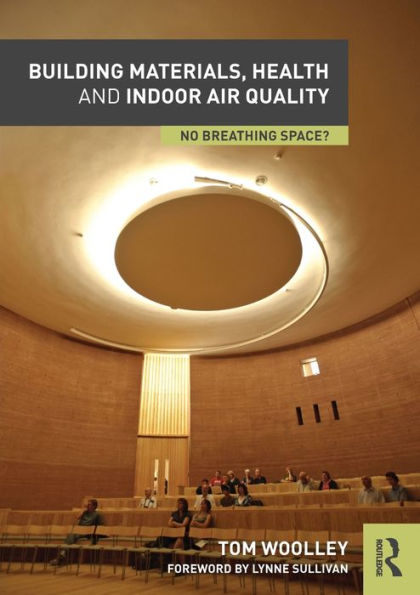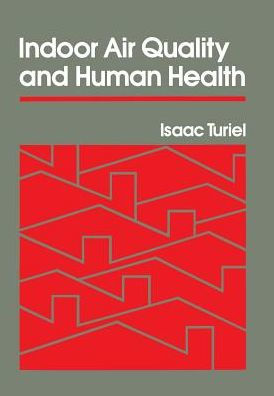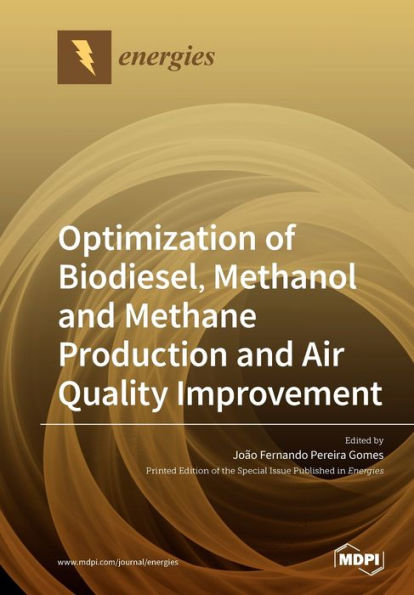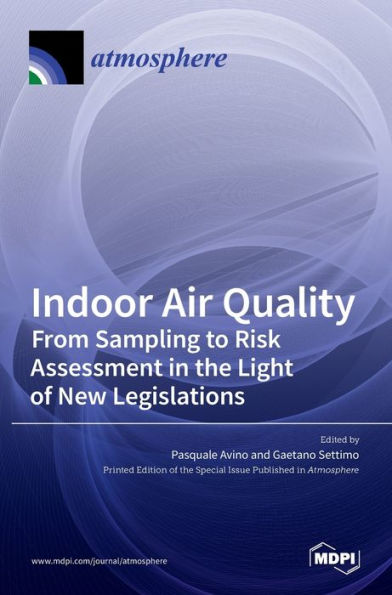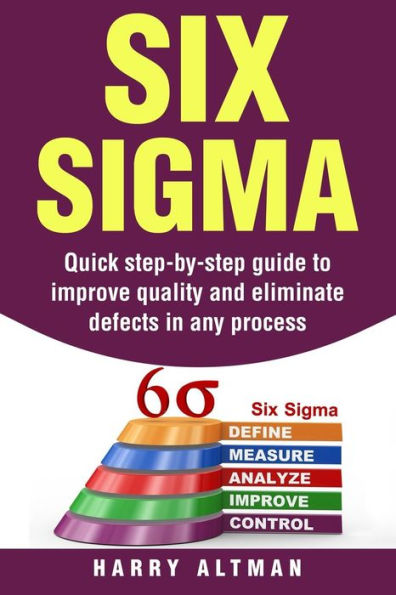Home
Six-Step HVAC Maintenance Recovery: (A step-by-step guide to energy optimization, comfort improvement and indoor air quality.)


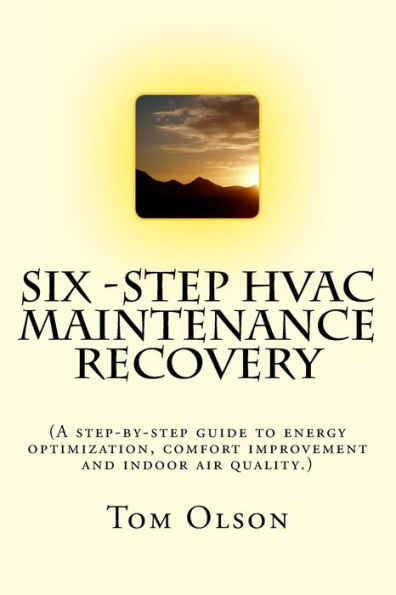
Six-Step HVAC Maintenance Recovery: (A step-by-step guide to energy optimization, comfort improvement and indoor air quality.)
Current price: $19.95
Loading Inventory...
Size: OS
This book outlines the building block system to optimize HVAC energy consumption, comfort and indoor air quality, in a simple six-step process:
1. Fix what's broken
From showing you step by step how to assure a clean, dry, oil-free source of air for pneumatic controls, to testing and replacing defective steam traps that many seem to think last forever, this book will lead you through a lengthy list of repairs.
2. Clean what's dirty
Dirt and debris are your HVAC system's biggest enemies. It causes premature equipment failure, inefficiencies, and indoor air quality related problems. How can these dirty systems possibly operate efficiently? Well, they can't. This book will show you how to clean and keep heating and cooling coils clean.
3. Change methods of operations made possible because the HVAC system is no longer broken and dirty
Building maintenance staff will be more productive, and efficient, when given the knowledge, and the time, to operate a facility free of broken and dirty equipment. Often times, however, they've never had an opportunity to operate a building free of such deficiencies. Methods of how to operate a facility to cover up for such deficiencies, frequently just get passed from generation to generation. This chain of events must be broken. I'll show you how.
4. Revise temperature control sequences
Energy efficiency, comfort improvement and indoor air quality are not mutually exclusive terms. It is not necessary to sacrifice one to have the other two. They can peacefully co-exist. Current, antiquated air-handling unit control sequences are often the root cause of preventing success in these areas. It is important to utilize proven, modern control sequences to eliminate simultaneous cooling and heating.
In 1975, the American Society of Heating, Refrigerating and Air-Conditioning Engineers (ASHRAE) stated, "Systems that employ simultaneous cooling and heating are inherently inefficient in the utilization of energy. Its use is discouraged." While the HVAC industry has made good attempts to stop simultaneous air-conditioning and heating, the use of simultaneous atmospheric cooling and heating continues to be widespread. Just look at the mixed air temperature of numerous air-handling units, at various outside air temperatures. Is that temperature always 55°F to 60°F? That means your systems continue to provide simultaneous cooling and heating. It costs you money! It robs your occupants of desired comfort! It can create indoor air quality issues.
It's important to recognize improper air-handling unit operation and be able to share ways to improve them with your local temperature control contractor/building automation system provider.
5. Install new technology hardware
It is frequently in your best, long-term interest to replace defective equipment, instead of investing in repairs of old, antiquated equipment. In many instances, there are new, unique and often low-cost equipment solutions.
6. Implement preventive maintenance routines
Preventative maintenance is an area that should be incorporated throughout the six-step process. Scheduled preventative maintenance is one of the most important factors in managing time and financial resources. Help your in-house maintenance personnel become more self-sufficient. Help your maintenance supervisor be a better manager. This book can make a great trainin

